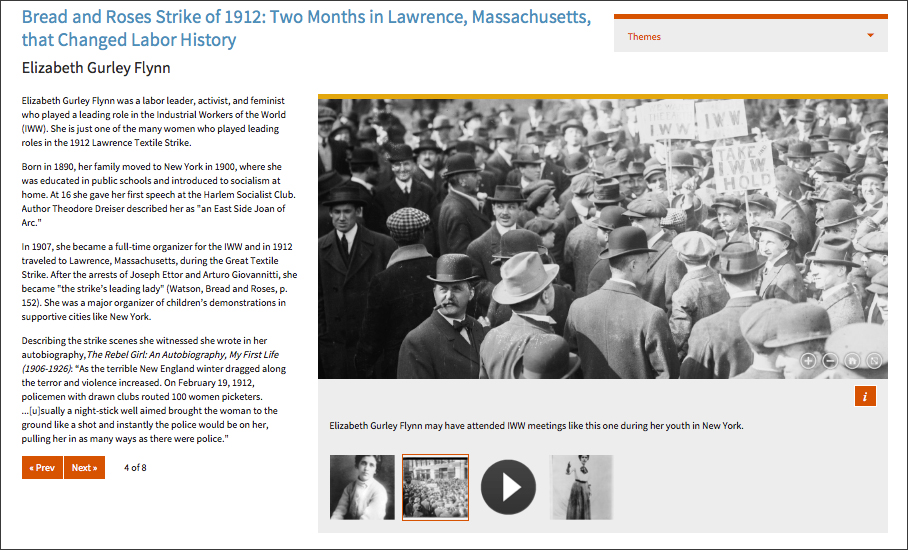 The Lawrence Textile Strike was a public protest mainly of immigrant workers from several countries, including Austria, Belgium, Cuba, Canada, France, England, Germany, Greece, Ireland, Italy, Lithuania, Netherlands, Norway, Poland, Portugal, Russia, Scotland, Spain, Syria, and Turkey. According to the 1910 census, 65% of mill workers (many of whom eventually struck) lived in the United States for less than 10 years; 47% for less than five years.
The Lawrence Textile Strike was a public protest mainly of immigrant workers from several countries, including Austria, Belgium, Cuba, Canada, France, England, Germany, Greece, Ireland, Italy, Lithuania, Netherlands, Norway, Poland, Portugal, Russia, Scotland, Spain, Syria, and Turkey. According to the 1910 census, 65% of mill workers (many of whom eventually struck) lived in the United States for less than 10 years; 47% for less than five years.
Prompted by a wage cut, the walkout spread quickly from mill to mill across the city. Strikers defied the assumptions of conservative trade unions within the American Federation of Labor that immigrant, largely female and ethnically diverse workers could not be organized.
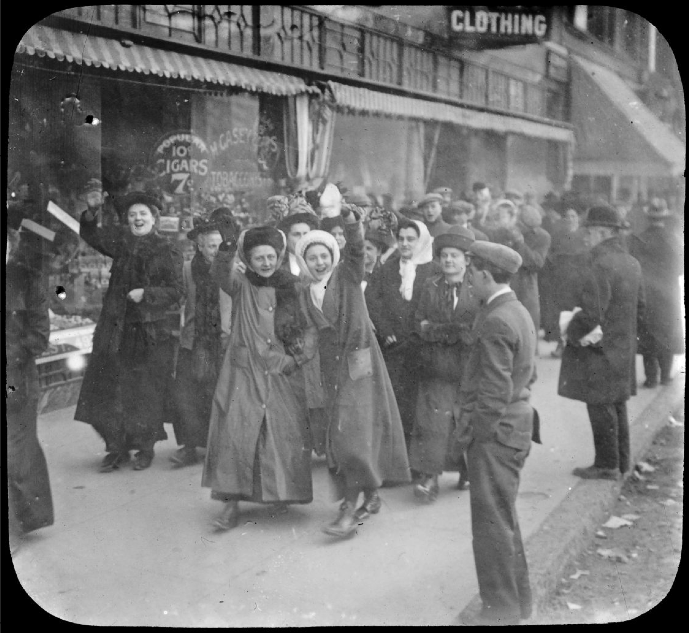 The Lawrence strike is referred to as the “Bread and Roses” strike and “The Strike for Three Loaves.” The first known source to do so was a 1916 labor anthology, The Cry for Justice: An Anthology of the Literature of Social Protest by Upton Sinclair. Prior to that, the slogan, used as the title of a 1911 poem by James Oppenheim, had been attributed to Chicago Women Trade Unionists.’ It has also been attributed to socialist union organizer Rose Schneiderman.
The Lawrence strike is referred to as the “Bread and Roses” strike and “The Strike for Three Loaves.” The first known source to do so was a 1916 labor anthology, The Cry for Justice: An Anthology of the Literature of Social Protest by Upton Sinclair. Prior to that, the slogan, used as the title of a 1911 poem by James Oppenheim, had been attributed to Chicago Women Trade Unionists.’ It has also been attributed to socialist union organizer Rose Schneiderman.
James Oppenheim claimed his seeing women strikers in Lawrence carrying a banner proclaiming “We Want Bread and Roses Too” inspired the poem, “Bread and Roses.” The poem; however, was written and published in 1911 prior to the strike. Later the poem was set to music by Caroline Kohlsaat and then by Mimi Farina. The song and slogan are now important parts of the labor movement and women’s movement worldwide. [Website description.]
Exhibit themes:
- Lawrence: An Industrial City
- A Worker’s Life
- The Strike
- The Strikers and their Allies and Adversaries
- Mobilizing Beyond Lawrence
- The Strike Ends, A Legacy is Born

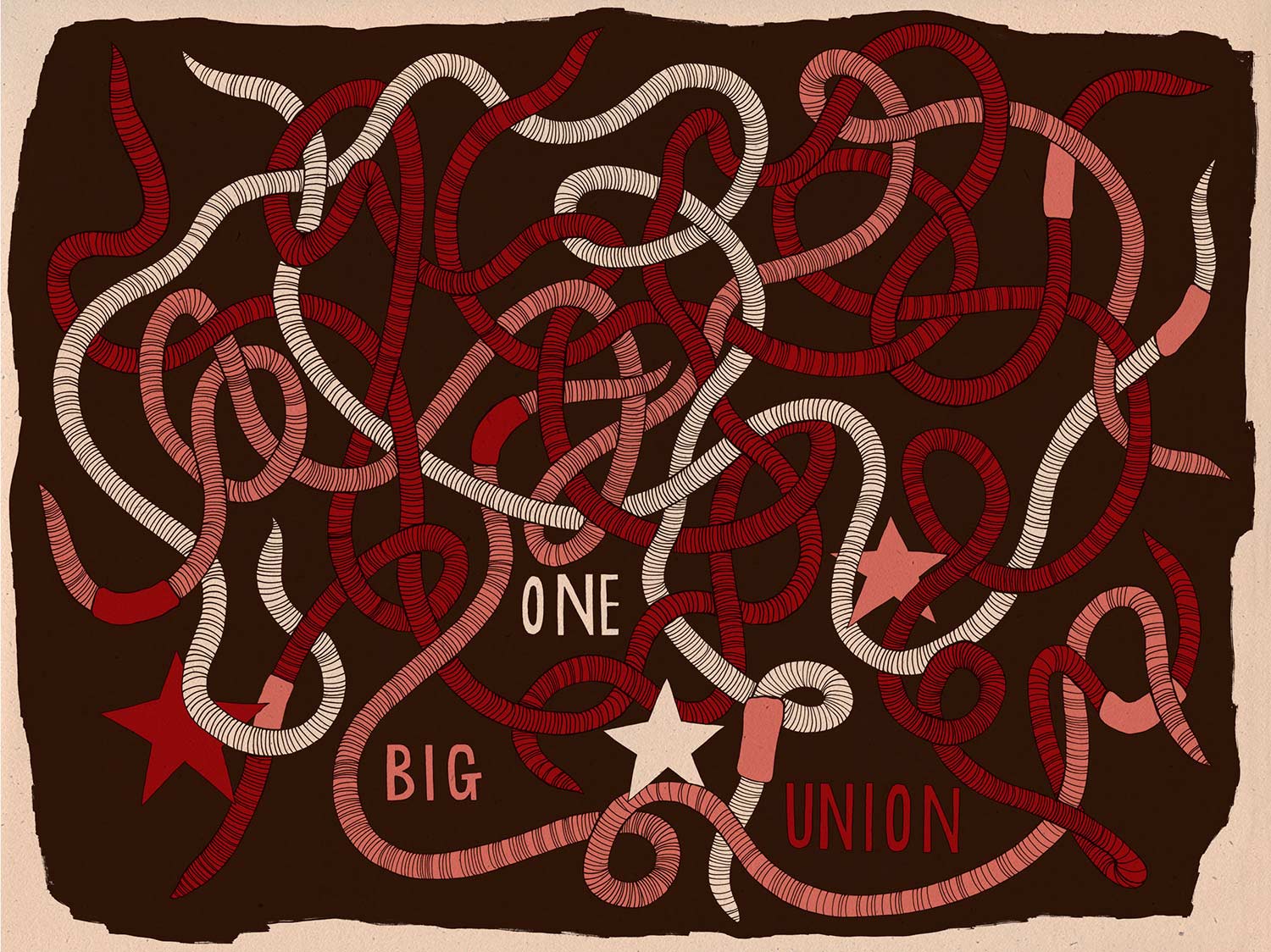
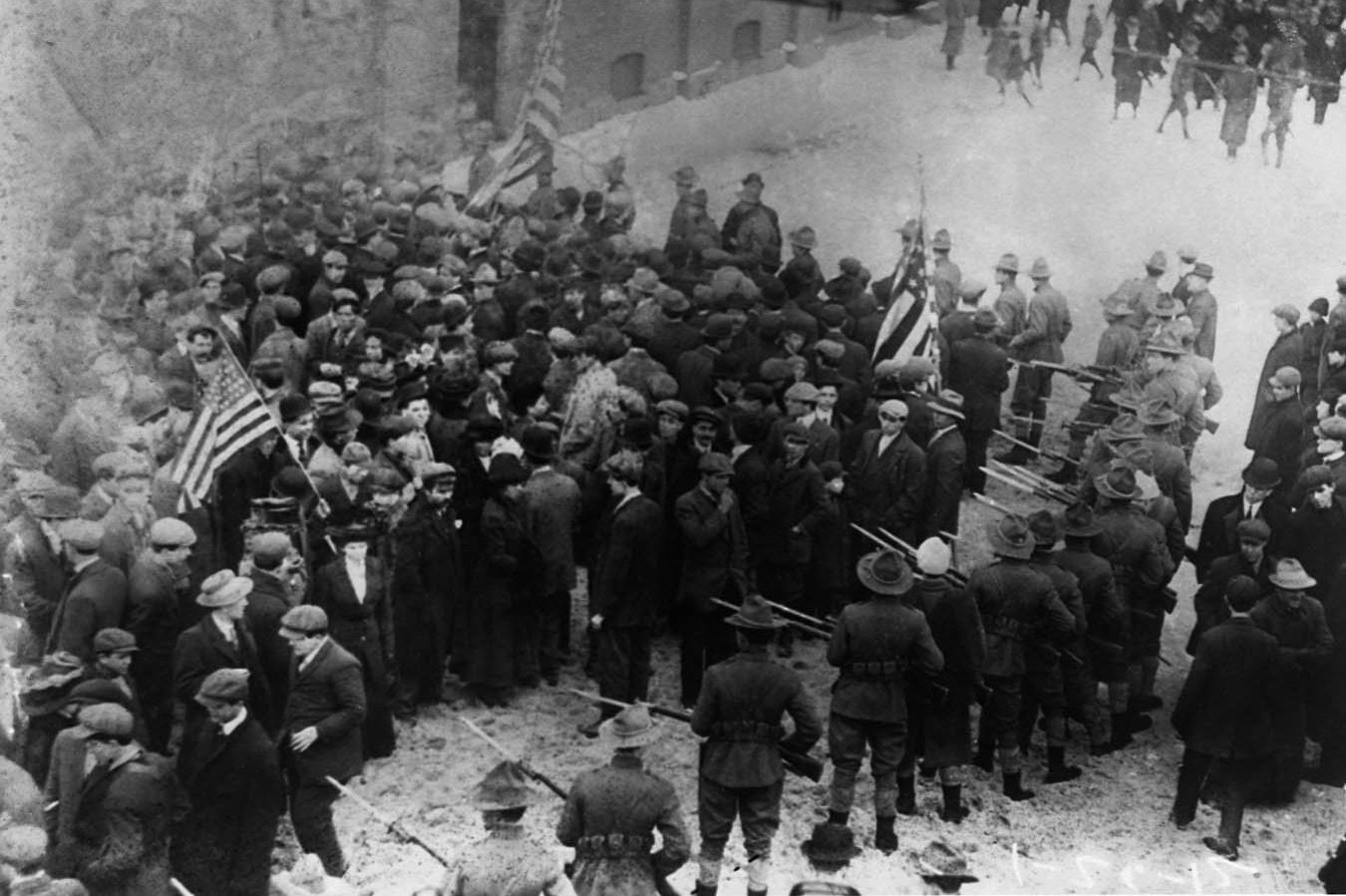
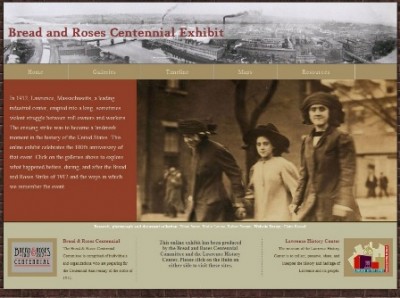

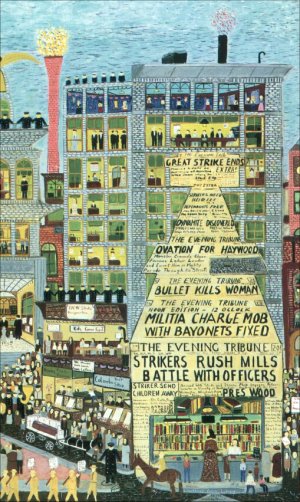






Twitter
Google plus
LinkedIn